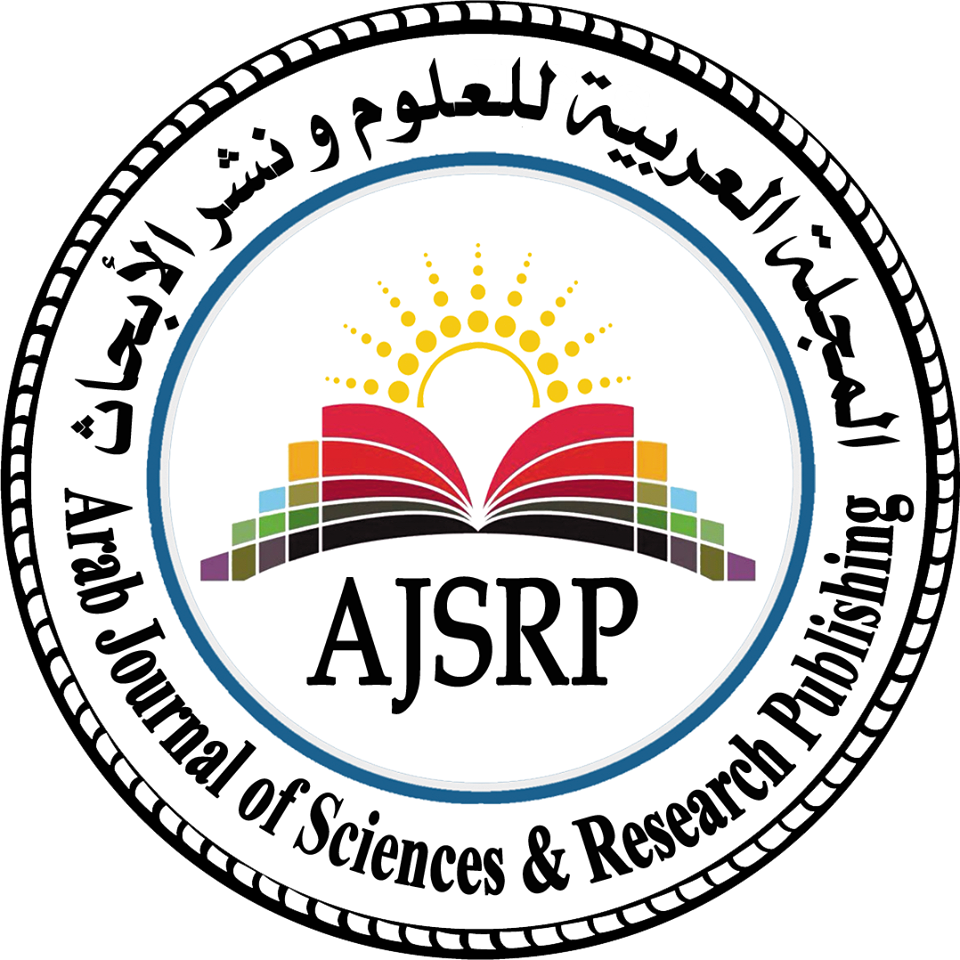The Usage: A Historical Analytical Study
Dr. Rana Aniss Bleik
Faculty of Literature and Humanities | Global University | Beirut | Lebanon
button url=”https://doi.org/10.26389/AJSRP.E170822″ target=”blank” style=”glass” background=”#f19409″ color=”#ffffff” size=”5″ center=”yes” radius=”round” icon=”icon: dot-circle-o”]DOI[/button]
Abstract: This study aims to shed light on the development of the speech of Arabs from the era of ignorance until our age and exposing its beauties and effects in understanding the literary texts in general and the texts of the Hadiths specifically. This chapter being the most accurate in Rhetorics, has not been tackled by the researchers to expose its beauties and treasures. The reason is the rarity of the resources and references in it, and the excessive difficulties that stand an obstacle in the face of the researcher should one attempts to engage this deep ocean.
It has been rare to find this type of Rhetoric in the poetry of the Arabs and their speeches from the century of ignorance until the Abbasid century despite the abundance of examples present in the Qur’an and the honorable prophetic sayings due to their lack of attention, most likely, to Figurative rhetorics. Thereafter the Umayyads and then the Abbasids came about and started attending to documenting the sciences, and the studies of rhetorics began and the scholars started compiling and editing, however, the usage of rhetorics was not found in one organized compilation and the poets have not paid attention to it and have rarely beautified their poems with it.
In the seventh century during the era of the Mamelukes and due to the reversion of the poets to the science of Figurative rhetorics. and innovating in it, they used it abundantly in their poems. However, this did not last for long, and it dwindled.
I have elucidated all of that in my study and have exposed the beauties of the implementation through the Qur’anic texts and the honorable prophetic sayings and the poetic manifestations showing its meanings and the beauty of implementation in it
Keywords: The usage (Istikhdam)- Meanings-Beauties- Rhetorics-Applied Proofs.
الاستخدام: دراسة تاريخية تحليلية
الدكتورة / رنا أنيس بليق
كلية الآداب والعلوم الإنسانية | الجامعة العالمية | بيروت | لبنان
المستخلص: يهدف هذا البحث إلى تسليط الضوء على تطور الاستخدام في كلام العرب من العصر الجاهلي إلى عصرنا وإظهار جمالياته وتأثيره في فهم النصوص الأدبية إجمالًا والقرآنية والحديثيَّة خصوصًا. هذا الباب الذي هو أدق باب في البلاغة، لم يشتغل في استخراج كنوزه وجمالياته الباحثون، ولعلَّ ذلك يرجع إلى ندرة المصادر والمراجع فيه، وكثرة الصعوبات التي تقف عقبة في وجه الباحث إن أراد خوض هذا البحر العميق.
لقد ندر وجود هذا النوع البلاغيّ في أشعار العرب وخطبهم من العصر الجاهلي حتى العباسي رغم كثرة أمثلته في القرآن الكريم والحديث النبويّ الشريف لعدم اعتنائهم في الغالب بالبديع، ثم جاء الأمويّون فالعباسيّون وبدأ الاهتمام بتدوين العلوم، وأقيمت الدراسات البلاغية واشتغل العلماء بالتصنيف والتدقيق، بيد أن الاستخدام لم يُفرد له مصنَّف بشكل منظم، ولم يلتفت إليه الشعراء ويُزينوا به أشعارهم إلا النادر، ثم في القرن السابع في عصر المماليك وبسبب لجوء الشعراء إلى البديع وتفنُّنهم فيه كثر الاستخدام في أشعارهم، غير أنَّ هذا لم يدُم طويلًا، فعاد واضمحلّ.
لقد بيَّنت كل هذا في بحثي وأظهرت جماليات الاستخدام من خلال الشواهد القرآنية والحديثيَّة والشعريَّة مع بيان معانيها وجمال الاستخدام فيها.
الكلمات المفتاحية: الاستخدام، المعنى، جماليات، بلاغة، شواهد.
